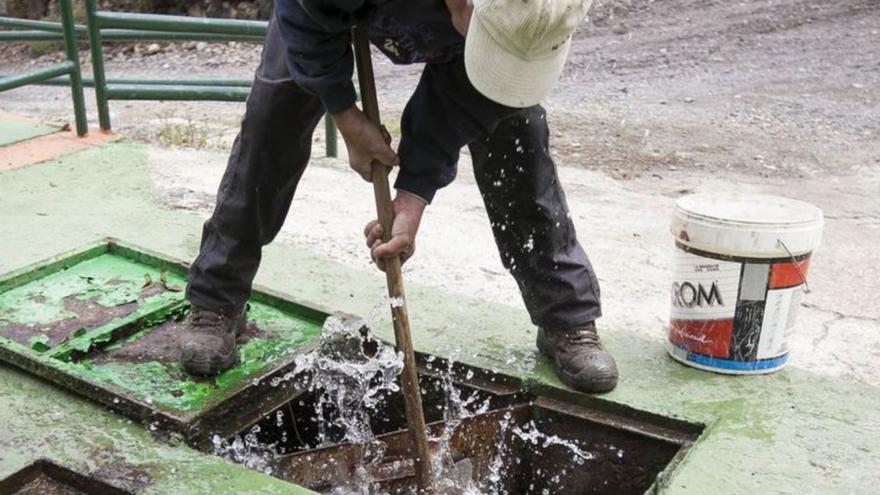
Yesterday, the Tax Consortium of Tenerife unanimously agreed to distribute the 4.7 million surplus from the period 2007-2023 among the 38 entities that are part of the organization. This includes 28 of the 31 municipalities on the island (Adeje, La Guancha, and Santa Cruz are not included, although the Urban Planning Department of the capital is), three from La Palma (Puntallana, Mazo, and Tazacorte), the three from El Hierro (Valverde, La Frontera, and El Pinar), and the Island Council itself for the fees managed by the supramunicipal entity. The amounts vary based on factors such as the length of time within the organization.
Non-earmarked Funds
[–>
Juan José Martínez, Insular Councillor for Innovation, Research, and Development, emphasizes that “each entity can use the aid for whatever it may need, it is not earmarked.” For example, for sanitation, one of Tenerife’s serious issues. These 4,775,512 euros correspond to the surplus accumulated each year between 2003 and 2027 once the entity’s expenses have been deducted. “We distribute this money among the municipalities with the remaining funds – what has been left over – from the last years starting in 2007,” Martínez points out.
The insular councillor values: “These types of decisions add value to management, more effective and efficient from a community perspective than if each municipality were to carry it out individually.” He further adds, “the fact that municipalities from other islands, such as La Palma or El Hierro, have joined demonstrates its value as an instrument.” He explains that “this money does not actually belong to the Consortium but to the entities that comprise it, which is why we say we are now reimbursing them.”
The Ranking
[–>
Juan José Martínez highlights: “The amounts vary and depend on the length of time within the organization.” This is why they range from 739,010 euros for Arona, one of the founding municipalities, to just 405 euros for La Laguna, which joined last year.” Following Arona, the ranking is completed by Puerto de la Cruz (517,880) and La Orotava (467,476). Next in the list with six digits are San Miguel de Abona (314,491), Los Realejos (301,769), Candelaria (230,948), Tacoronte (215,942), Santiago del Teide (180,026), Icod de los Vinos (170,251), Güímar (156,037), Granadilla de Abona (141,884), El Rosario (195,952). The “reimbursement” to the Tenerife Island Council amounts to 88,997 euros. On the other end of the spectrum, municipalities that receive the least in this distribution, besides La Laguna, are Puntallana in La Palma (1,574) and El Pinar in El Hierro (6,029). Juan José Martínez concludes: “This is a measure that demonstrates the support and commitment of the Tax Consortium and the Island Council to local municipalities. A management tool capable of generating income at a much lower cost than individual municipalities would have.”
The Organization
[–>
The Tax Consortium of Tenerife was established in 1986 and is comprised of the Island Council, the 28 consorted municipalities on the island, three from El Hierro, and another three from La Palma. It also includes entities dependent on the insular Corporation such as the Fire Consortium, the Insular Water Council, Balten, or the Institute of Social and Health Care (IASS). Its purpose is the management, inspection, and collection of taxes from the entities it comprises to the extent, as well as any other public income delegated, entrusted, or contracted to it. Over these 38 years, the Consortium has recruited a staff of around 150 highly qualified workers who are experts in tax matters, making it a specialized organization in this particular branch of local administration, serving as a benchmark at the national level on the subject.
In carrying out this task, it manages the Property Tax (IBI), the Economic Activities Tax (IAE), the Vehicle Tax (IVTM), the Increase in Land Value Tax (IIVTNU), and the Construction, Installations and Works Tax (ICIO). It also handles Traffic fines, administrative fines, fees, and other public income specific to the municipality such as garbage and waste collection, sewerage, or parking fees.
Subscribe to continue reading
















